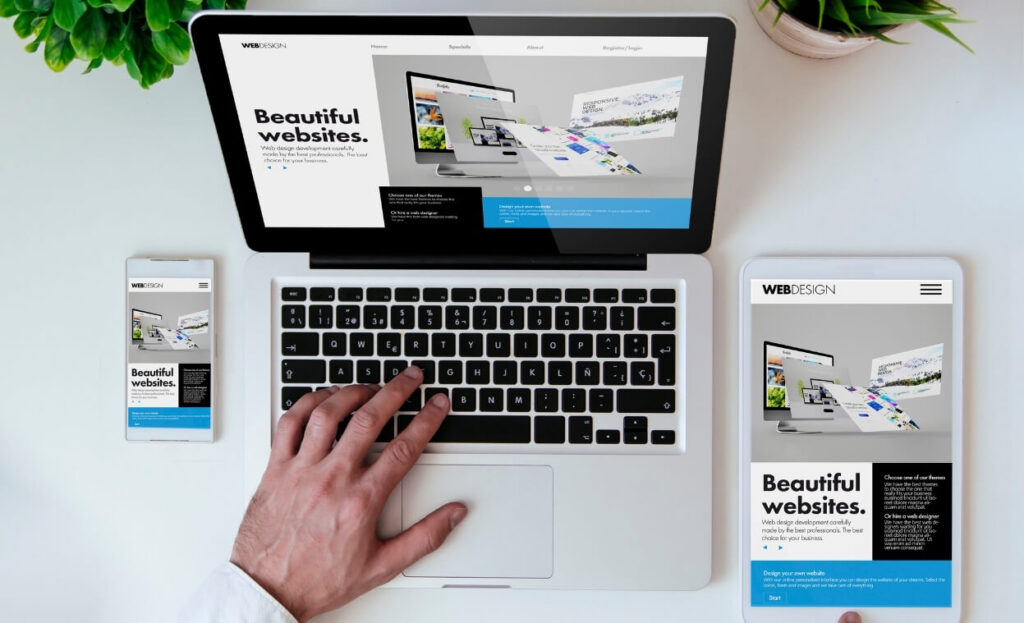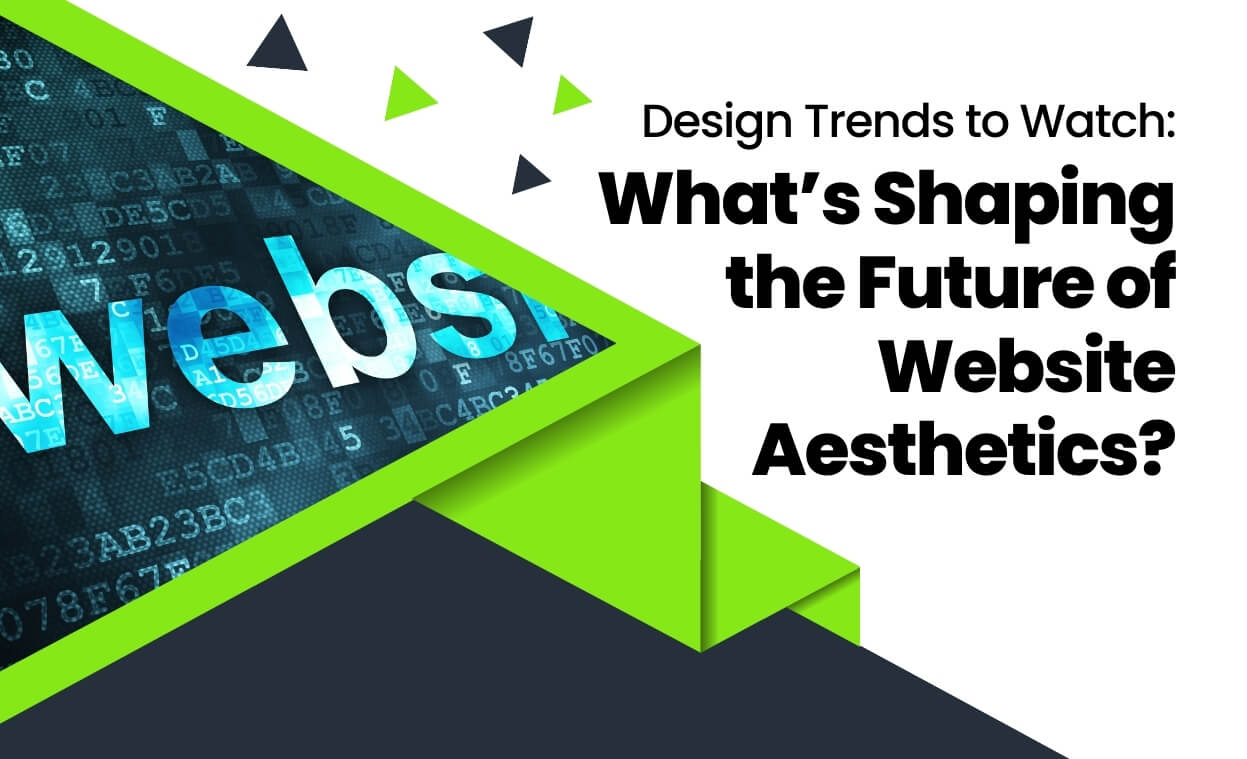Web design has a bright future ahead, with fresh trends and technology abound. Web designers must keep current with the Popular Web Design Trends as more people use the internet. These developments are changing the appearance and functionality of websites, therefore improving their usability and efficiency. Learn about these significant developments for web site design company and how they could advance your web design abilities to keep ahead. Now, fast, fast-changing technology, user experiences, and design trends have shaped Web Design Trends 2023.
We will go over the top trends and technologies influencing web design, including responsive design, artificial intelligence, voice user interface, progressive web applications, etc., and how to be ready for them in this post, along with the Top forecasts and upcoming technologies poised to define the future of web design.
Maximalism And Minimalism
Web design still mainly reflects the contrast between minimalism and maximalism. With its straight lines and orderly interiors, minimalism emphasizes utility and simplicity. It’s a reaction to the deluge of information consumers encounter. Minimalistic designs stressing white space, monochromatic color palettes, and substance over ornamental components should abound in 2023 and beyond.
Conversely, maximalism supports the concept that more is more. Rich textures, intense colors, and sophisticated compositions define it. This approach appeals to companies trying to make a robust and unguarded message. Designers have to strike a balance between these extremes so that their websites either celebrate the dynamic energy of maximalism or the calm clarity of minimalism without sacrificing user experience.

Modern Interactions and Micro-Interactions
From simple hover effects to more intricate and exciting experiences, interactivity in web design is changing. Small animations called micro- interactions—that happens when users engage with a webpage—are becoming more complex. Their instantaneous user comments on their activities improve the whole experience and involvement.
Websites with sophisticated interactive components like scroll-triggered animations and immersive 3D features will abound in the following years. These elements not only make the website more exciting but also assist in clearly presenting complex material in an easily consumed style.
AI and Machine Learning’s Emergence
Not only are artificial intelligence (AI) and machine learning (ML) buzzwords, but they are transforming online architecture. These days, artificial intelligence designs websites generates content, and even makes design choices. Tools like The Grid have surfaced, using artificial intelligence to create web pages that depend on user-generated material.
Furthermore, personalizing user experiences is being accomplished via machine learning techniques. Analyzing user data helps websites provide materials that are more relevant to the particular visitor, hence increasing engagement and conversion rates.
VUI Integration: Voice User Interface
Voice user interfaces are becoming a necessary element of web design as voice assistants such as Google Assistant and Amazon Alexa find more and more usage. Websites are being built to be voice-search friendly, with material arranged to address voice questions efficiently.
Including VUI in online design calls for a change of perspective on user interaction with websites. Designers have to take voice search optimization into account, making sure that voice commands allow one to find and access material quickly.
AR experiences: augmented reality
Web surfing will be changed by augmented reality (AR). AR lets users overlay digital data onto the actual environment, and its incorporation into web design may provide engaging and immersive encounters for consumers.
AR helps retail and e-commerce websites, especially as it lets consumers see items in their actual environment before they buy them. Expect to see more websites using AR elements for a more exciting user experience as AR technology is more readily available.
Sustainable And Moral Design
In web design, ethics and sustainability are starting to take the front stage. This approach entails building visually beautiful but also socially conscious websites. Designers are thinking about how their creations could affect the surroundings and maximize websites to use less energy and be more environmentally friendly.
Inclusiveness and accessibility are also emphasized in ethical design so that individuals with impairments may access websites. This covers creating screen readers and other assistive technology in compliance with Web Content Accessibility Guidelines (WCAG).

Dark Mode and Colour Theory
Initially a standard tool in applications, dark mode is starting to find expression in web design. It saves battery life on mobile devices and reduces eye strain while nevertheless providing a clean, contemporary style. The dark mode also presents fresh opportunities for employing color to arouse feelings and establish an environment.
With the knowledge that color can significantly influence user behavior and perception, color psychology in web design is developing in complexity. More websites should be utilizing color deliberately to evoke certain emotions and reactions.
Beyond Mobile-First, Responsive Design
From a mobile-first strategy to a more all-encompassing one, including wearables, IoT devices, and giant screens, responsive design has changed. Designers need help building websites that provide a flawless experience across all these devices.
Conclusion
With web site design company trends that satisfy a broad spectrum of aesthetic tastes and practical needs, web design will be bright and varied in the future. From the minimalistic to the maximalist, the incorporation of sophisticated technology like artificial intelligence and AR to the emphasis on sustainability and ethics, web design is constantly changing.
